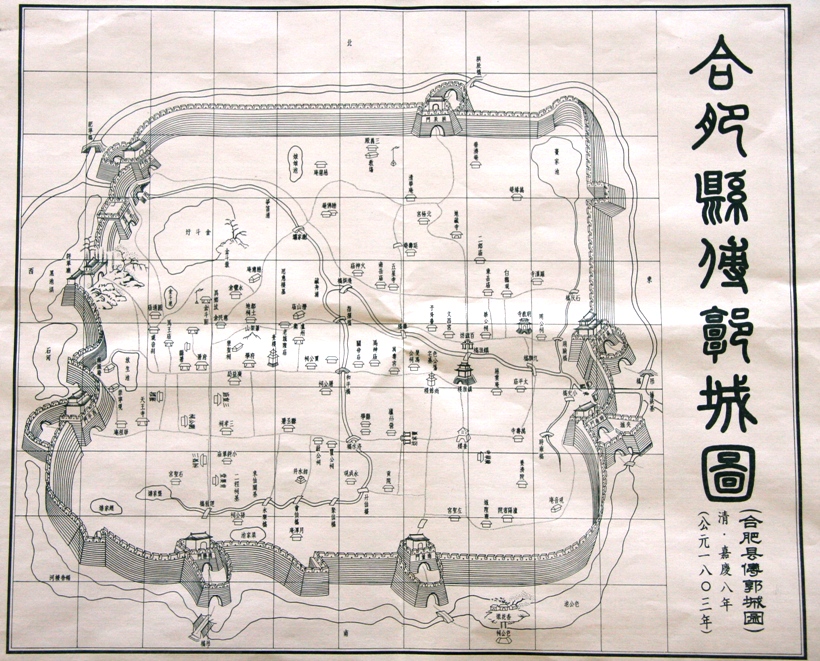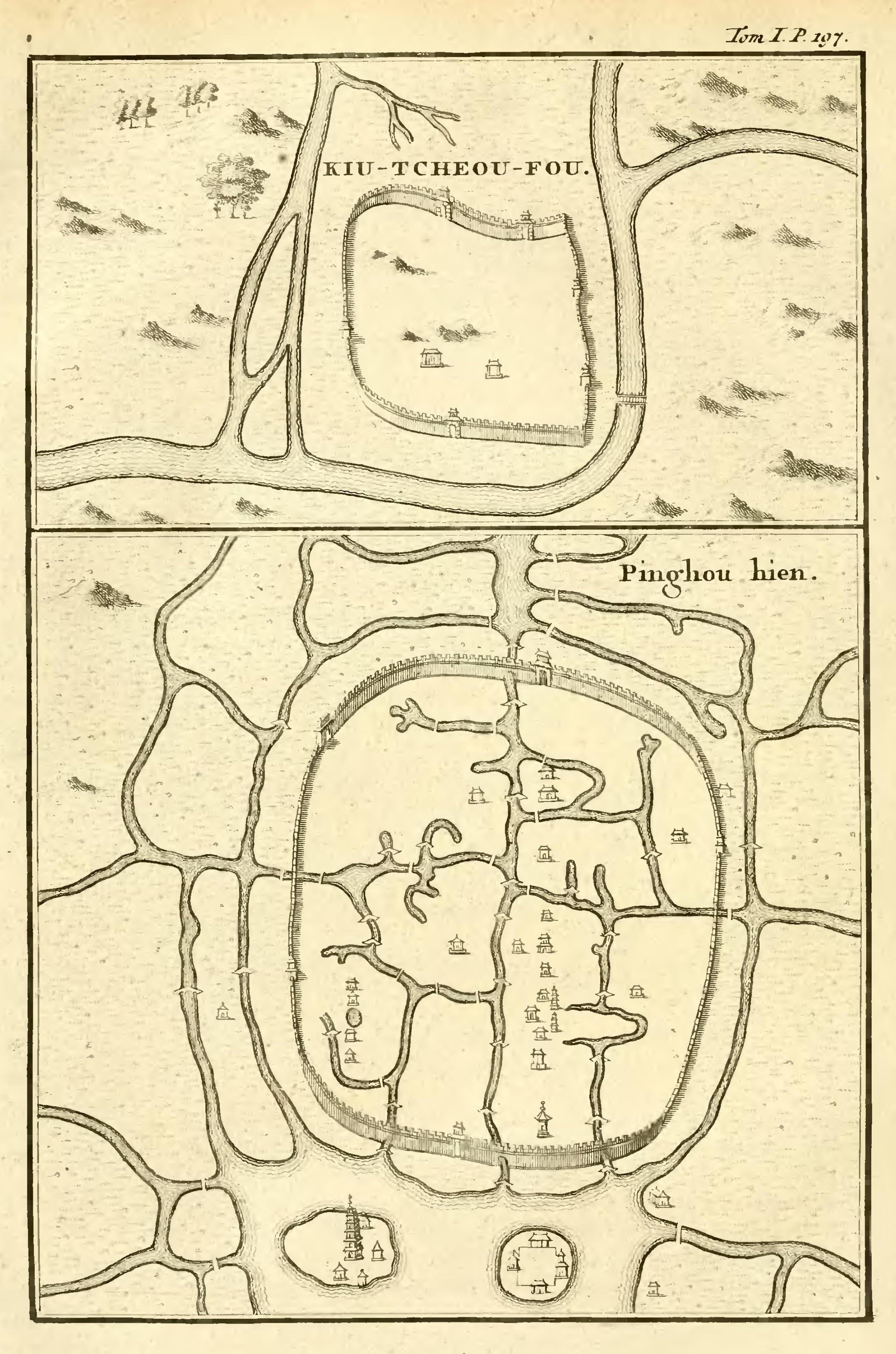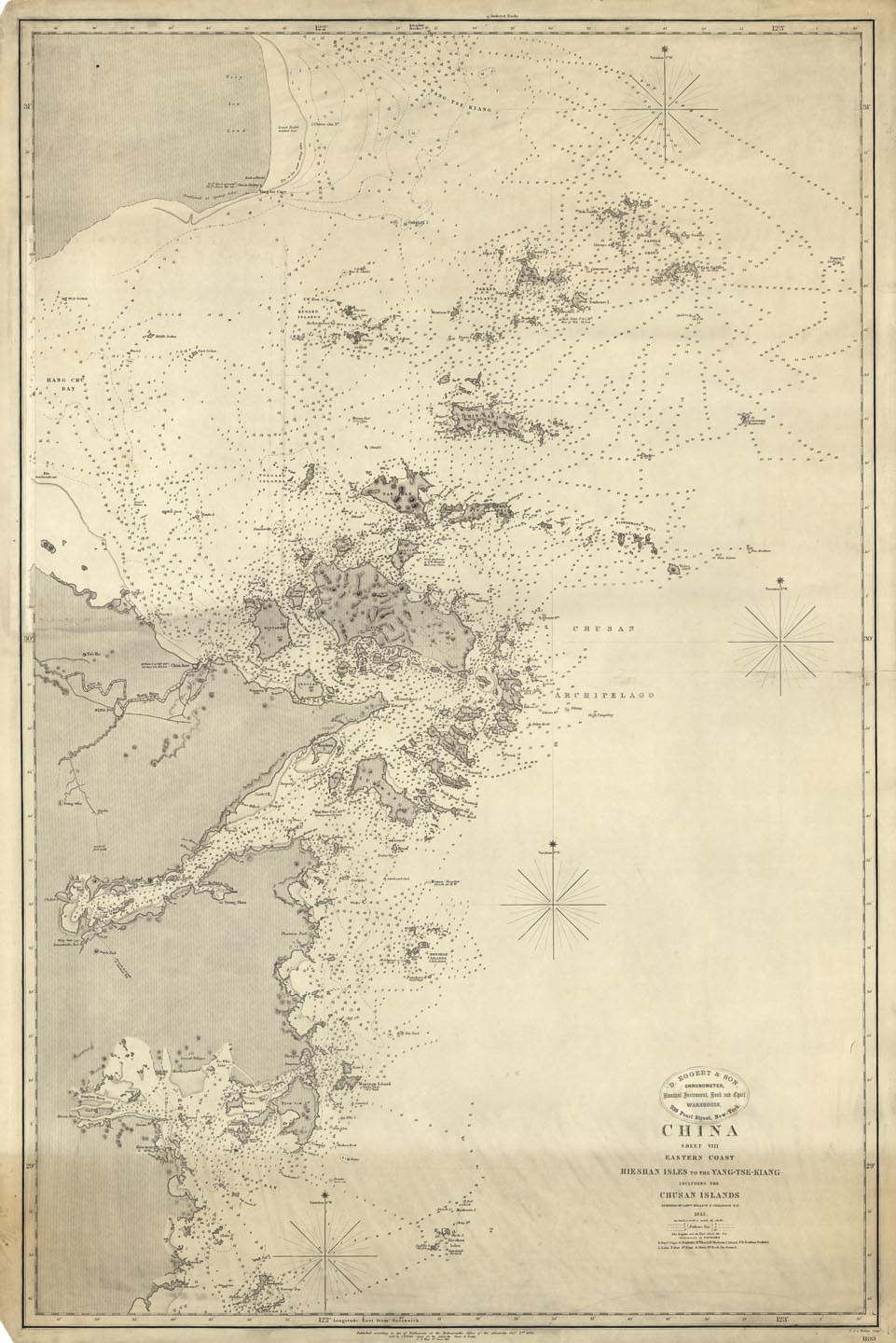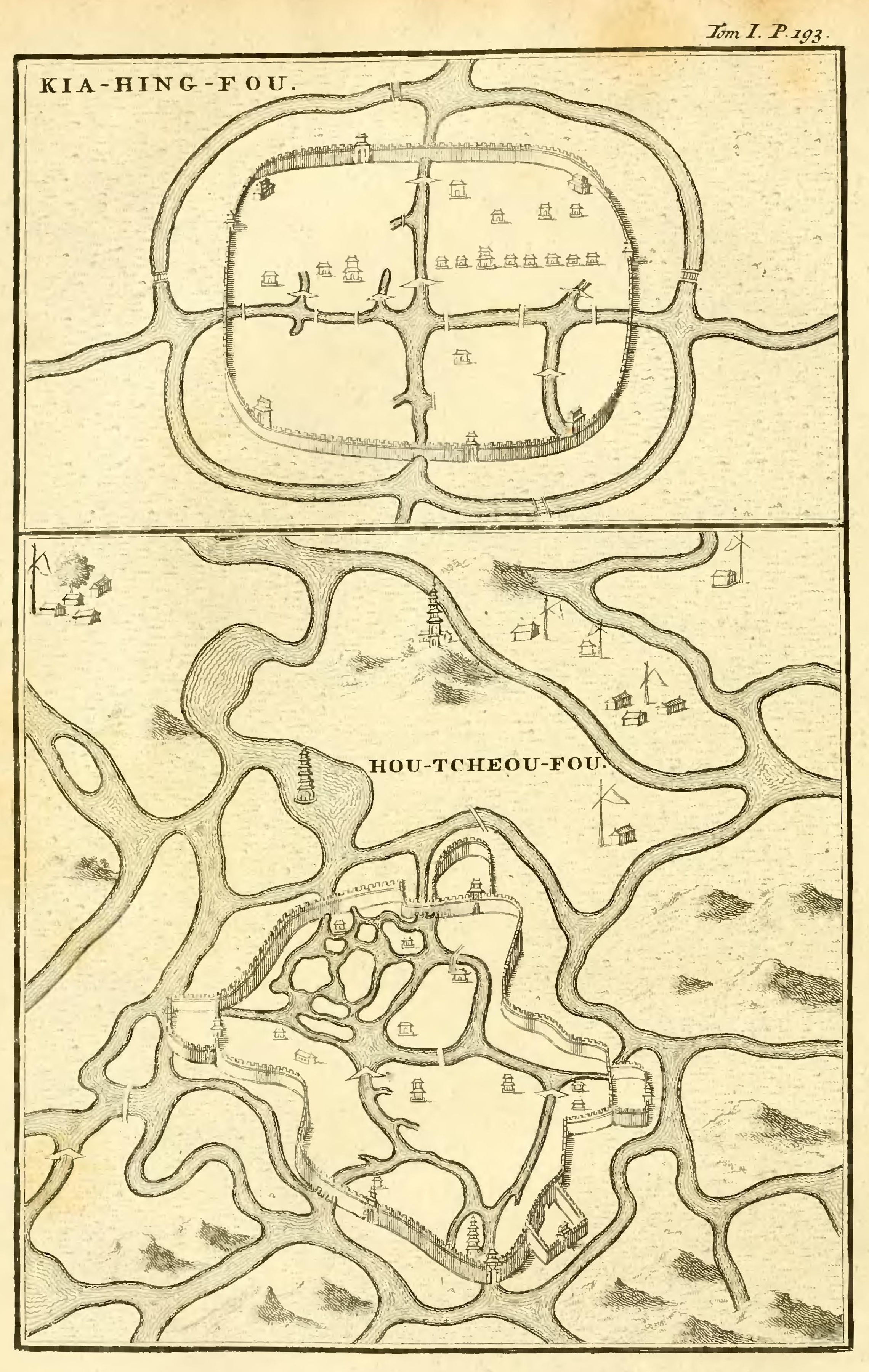|
Yangtze River Delta
The Yangtze Delta or Yangtze River Delta (YRD), once known as the Shanghai Economic Zone, is a megalopolis generally comprising the Wu-speaking areas of Shanghai, southern Jiangsu, northern Zhejiang, southern Anhui. The area lies in the heart of the Jiangnan region (literally, "south of the Yangtze"), where the Yangtze drains into the East China Sea. Historically the fertile delta fed much of China’s population, and cities and commerce flourished. Today, it is one of China’s most important metropolitan areas and is home to China’s financial center, as well as a tourist destination and hub for manufacture ranging from textile to automaking. In 2024, the Yangtze Delta had a GDP of approximately US$4.7 trillion, about the same size as Germany. The urban buildup in the area has given rise to what may be the largest concentration of adjacent metropolitan areas in the world. It covers and is home to over 240 million people. With about a sixth of China's population and a ... [...More Info...] [...Related Items...] OR: [Wikipedia] [Google] [Baidu] |
Megalopolises In China
In China, a megalopolis () is a designation by the government to promote the development of a group of cities through transportation and communication links. Conceptual history The Economist Intelligence Unit in 2012 identified 13 megalopolises: Changzhutan, Chang-Zhu-Tan (Greater Changsha), Chengdu, Chongqing, Greater Beijing i.e. Jing-Jin-Ji, Greater Shanghai (incl. Suzhou), Greater Xi'an, Greater Zhengzhou, Greater Guangzhou, Hefei economic circle (incl. Lu'an, Huainan, Chaohu), Shandong Peninsula, Greater Shenyang, Shenzhen and Wuhan. As of 2018, there are nine officially approved megalopolises in China. In 2017, the National Development and Reform Commission stated that plans for six city clusters had been completed in 2016, five in 2017, with eight more forthcoming for a total of 19 city cluster plans by 2020. The new city clusters identified in 2017 were Lanzhou-Xining, Hohhot-Baotou-Ordos City, Ordos-Yulin, Inner Mongolia, Yulin, Guanzhong, Guanzhong Plain, Western T ... [...More Info...] [...Related Items...] OR: [Wikipedia] [Google] [Baidu] |
Yangzhou
Yangzhou is a prefecture-level city in central Jiangsu Province, East China. Sitting on the north bank of the Yangtze, it borders the provincial capital Nanjing to the southwest, Huai'an to the north, Yancheng to the northeast, Taizhou, Jiangsu, Taizhou to the east, and Zhenjiang across the river to the south. Its population was 4,559,797 at the 2020 Chinese census, 2020 census and its urban area is home to 2,635,435 inhabitants, including three urban districts, currently in the agglomeration. Historically, Yangzhou was one of the wealthiest cities in China, known at various periods for its great merchant families, poets, artists, and scholars. Its name (lit. "Rising Prefecture") refers to its former position as the capital of the ancient Yangzhou (ancient China), Yangzhou prefecture in Administration of territory in dynastic China, imperial China. Yangzhou was one of the first cities to benefit from one of the earliest World Bank loans in China, used to construct Yangzhou therma ... [...More Info...] [...Related Items...] OR: [Wikipedia] [Google] [Baidu] |
Xu Kunlin
Xu Kunlin (; born May 1965) is a Chinese politician who is the current governor of Jiangsu, in office since 19 October 2021. Previously he served as the Chinese Communist Party Committee Secretary of Suzhou, the largest city in Jiangsu. Biography Xu was born in Yongchun County, Fujian, in May 1965. In 1980, he enrolled in Hangzhou Institute of Commerce (now Zhejiang Gongshang University), majoring in planning statistics, where he graduated in 1984. After university, in August 1984, he was dispatched to State Administration of commodity Prices (now National Development and Reform Commission), where he worked successively as director of the Department of Price Supervision, director of the Department of Fixed Assets Investment, and deputy secretary-general. In March 2017, he took office of vice mayor of Shanghai, one of the four direct-administered municipalities of China and one of China's economic centers. In September 2020, he was transferred to the neighboring Jiangsu provi ... [...More Info...] [...Related Items...] OR: [Wikipedia] [Google] [Baidu] |
Governor Of Jiangsu
The governor of Jiangsu, officially the Governor of the Jiangsu Provincial People's Government, is the head of Jiangsu, Jiangsu Province and leader of the Jiangsu Provincial People's Government. The governor is elected by the Jiangsu Provincial People's Congress, and responsible to it and its Standing Committee. The governor is a Civil service of the People's Republic of China, provincial level official and is responsible for the overall decision-making of the provincial government. The governor is assisted by an executive vice governor as well as several vice governors. The governor generally serves as the deputy secretary of the Jiangsu Provincial Committee of the Chinese Communist Party and as a member of the Central Committee of the Chinese Communist Party, CCP Central Committee. The governor the second-highest ranking official in the province after the Party Secretary of Jiangsu, secretary of the CCP Jiangsu Committee. The current governor is Xu Kunlin, who took office on 19 Oc ... [...More Info...] [...Related Items...] OR: [Wikipedia] [Google] [Baidu] |
Gong Zheng
Gong Zheng (; born 4 March 1960) is a Chinese politician currently serving as deputy secretary of the Chinese Communist Party Shanghai Committee and mayor of Shanghai. Previously, Gong was governor of Shandong, the CCP Secretary of Hangzhou, vice governor and executive vice governor of Zhejiang province, and deputy director of the General Administration of Customs. Early life and education Gong was born in March 1960 in Suzhou, Jiangsu province. He graduated from Beijing Institute of Foreign Trade (now the University of International Business and Economics, UIBE) in 1982 and joined the Chinese General Administration of Customs. He furthered his studies at Golden Gate University's School of Taxation in 1987 and returned to UIBE, earning an MBA in 1997. From 2001 to 2004, he pursued doctoral studies at Xiamen University, obtaining a Ph.D. in economics. Political career Gong served as deputy director of the Tianjin customs department from 1993 to 1996, and director of ... [...More Info...] [...Related Items...] OR: [Wikipedia] [Google] [Baidu] |
Mayor Of Shanghai
The mayor of Shanghai, officially the Mayor of the Shanghai Municipal People's Government, is the head of Shanghai Municipality and leader of the Shanghai Municipal People's Government. The mayor is elected by the Shanghai Municipal People's Congress, and responsible to it and its Standing Committee. The mayor is a provincial level official and is responsible for the overall decision-making of the municipal government. The mayor is assisted by an executive vice mayor as well as several vice mayors. The mayor generally serves as the deputy secretary of the Shanghai Municipal Committee of the Chinese Communist Party and as a member of the CCP Central Committee. The mayor the second-highest-ranking official in the city after the secretary of the CCP Shanghai Committee. The current mayor is Gong Zheng, who took office on 23 March 2020. List of mayors Republic of China Japanese occupation After World War II People's Republic of China Since communist victory in t ... [...More Info...] [...Related Items...] OR: [Wikipedia] [Google] [Baidu] |
Hefei
Hefei is the Capital city, capital of Anhui, China. A prefecture-level city, it is the political, economic, and cultural center of Anhui. Its population was 9,369,881 as of the 2020 census. Its built-up (or ''metro'') area is made up of four urban districts plus Feidong, Feixi and Changfeng counties being urbanized, and was home to 7,754,481 inhabitants. Located in the central portion of the province, it borders Huainan to the north, Chuzhou to the northeast, Wuhu to the southeast, Tongling to the south, Anqing to the southwest and Lu'an to the west. A natural hub of communications, Hefei is situated to the north of Chao Lake and stands on a low saddle crossing the northeastern extension of the Dabie Mountains, which forms the divide between the Huai River, Huai and Yangtze rivers. The present-day city dates from the Song dynasty. Before World War II, Hefei remained essentially an administrative centre and the regional market for the fertile plain to the south. It has gone thro ... [...More Info...] [...Related Items...] OR: [Wikipedia] [Google] [Baidu] |
Jiujiang
Jiujiang, formerly transliterated Kiukiang and Kew-Keang, is a prefecture-level city located on the southern shores of the Yangtze River in northwest Jiangxi Province in the People's Republic of China. It is the second-largest prefecture-level city in Jiangxi and its borders include Poyang Lake, the largest freshwater lakes of China, lake in China. Jiujiang is the fourth largest port on the Yangtze River and was one of the first five cities that were opened to foreign trade along the Yangtze River following the implementation of Deng Xiaoping's Opening-Up Policy. It is Jiangxi's only international trade port city. Its population was 4,600,276 inhabitants at the 2020 Chinese census, 2020 census, 1,164,268 of whom resided in the built-up area (metro) made up of three urban districts (aka Xunyang District, Xunyang, Lianxi District, Lianxi, and Chaisang District, Chaisang). In 2007, the city was named China's top ten livable cities by the Chinese Cities Brand Value Report, which was ... [...More Info...] [...Related Items...] OR: [Wikipedia] [Google] [Baidu] |
Quzhou
Quzhou is a prefecture-level city in western Zhejiang province, People's Republic of China. Sitting on the upper course of the Qiantang River, it borders Hangzhou to the north, Jinhua to the east, Lishui to the southeast, and the provinces of Fujian, Jiangxi and Anhui to the south, southwest and northwest respectively. Its population was 2,276,184 inhabitants as of the 2020 census of whom 902,767 lived in the built-up (or metro) area made of Qujiang and Kecheng urban Districts. Chinese actress and singer Zhou Xun was born in Quzhou. History Descendants of Confucius During the Southern Song dynasty the descendant of Confucius at Qufu, the Duke Yansheng Kong Duanyou fled south with the Song Emperor to Quzhou, while the newly established Jin dynasty (1115–1234) in the north appointed Kong Duanyou's brother Kong Duancao who remained in Qufu as Duke Yansheng. From that time up until the Yuan dynasty, there were two Duke Yanshengs, once in the north in Qufu and the other in t ... [...More Info...] [...Related Items...] OR: [Wikipedia] [Google] [Baidu] |
Zhoushan
Zhoushan is an urbanized archipelago with the administrative status of a prefecture-level city in the eastern Chinese province of Zhejiang. It consists of an archipelago of islands at the southern mouth of Hangzhou Bay off the mainland city of Ningbo. The prefecture's city proper is Dinghai on Zhoushan Island, now administered as the prefecture's Dinghai District. During the 2020 census, Zhoushan Prefecture's population was 1,157,817, out of whom 882,932 lived in the built-up (or metro) area made of two urban districts of Dinghai and Putuo. On 8 July 2011, the central government approved Zhoushan as Zhoushan Archipelago New Area, a state-level new area. History The archipelago was inhabited 6,000 years ago, during the Neolithic by people of the Hemudu culture. During the Spring and Autumn period, Zhoushan was called Yongdong, referring to its location east of the Yong River. At the time, it belonged to the state of Yue. The fishermen and sailors who inhabit ... [...More Info...] [...Related Items...] OR: [Wikipedia] [Google] [Baidu] |
Huai'an
) , leader_title1 = , leader_name1 = , leader_title2 = , leader_name2 = , leader_title3 = , leader_name3 = , leader_title4 = , leader_name4 = , established_title = , established_date = , established_title1 = , established_date1 = , established_title2 = , established_date2 = , established_title3 = , established_date3 = , founder = , named_for = , area_magnitude = , unit_pref = , area_footnotes = , area_total_km2 =9950 , area_land_km2 = , area_water_km2 = , area_water_percent = , area_urban_km2 =4494.3 , area_metro_km2 =3202.6 , area_blank1_title = , area_blank1_km2 = , elevation_footnotes = , elevation_m = , elevation_ft = , elevation_max_m = , elevation_max_ft = , elevati ... [...More Info...] [...Related Items...] OR: [Wikipedia] [Google] [Baidu] |
Huzhou
Huzhou (, ; Huzhou dialect: Romanization of Wu Chinese, ''ghou² cieu¹'') is a prefecture-level city in northern Zhejiang province (Hangzhou–Jiaxing–Huzhou Plain, China). Lying south of the Lake Tai, it borders Jiaxing to the east, Hangzhou to the south, and the provinces of Anhui and Jiangsu to the west and north respectively. Huzhou is on the south bank of Taihu Lake, which it is named after. It has a history of more than 2,300 years. It governs Wuxing and Nanxun districts and three counties of Deqing, Changxing and Anji, with a total area of 5,818 square kilometers. As of the 2020 census, its population was 3,367,579 inhabitants, of whom 1,015,937 lived in the built-up (''or metro'') area made of Wuxing District as Nanxun District was not yet being conurbated. Location Huzhou, in its general aspect, is in the center of the Yangtze Delta, Yangtze River Delta Economic Area, with the city center south of the Chinese third largest freshwater lake Lake Tai. The city borde ... [...More Info...] [...Related Items...] OR: [Wikipedia] [Google] [Baidu] |










